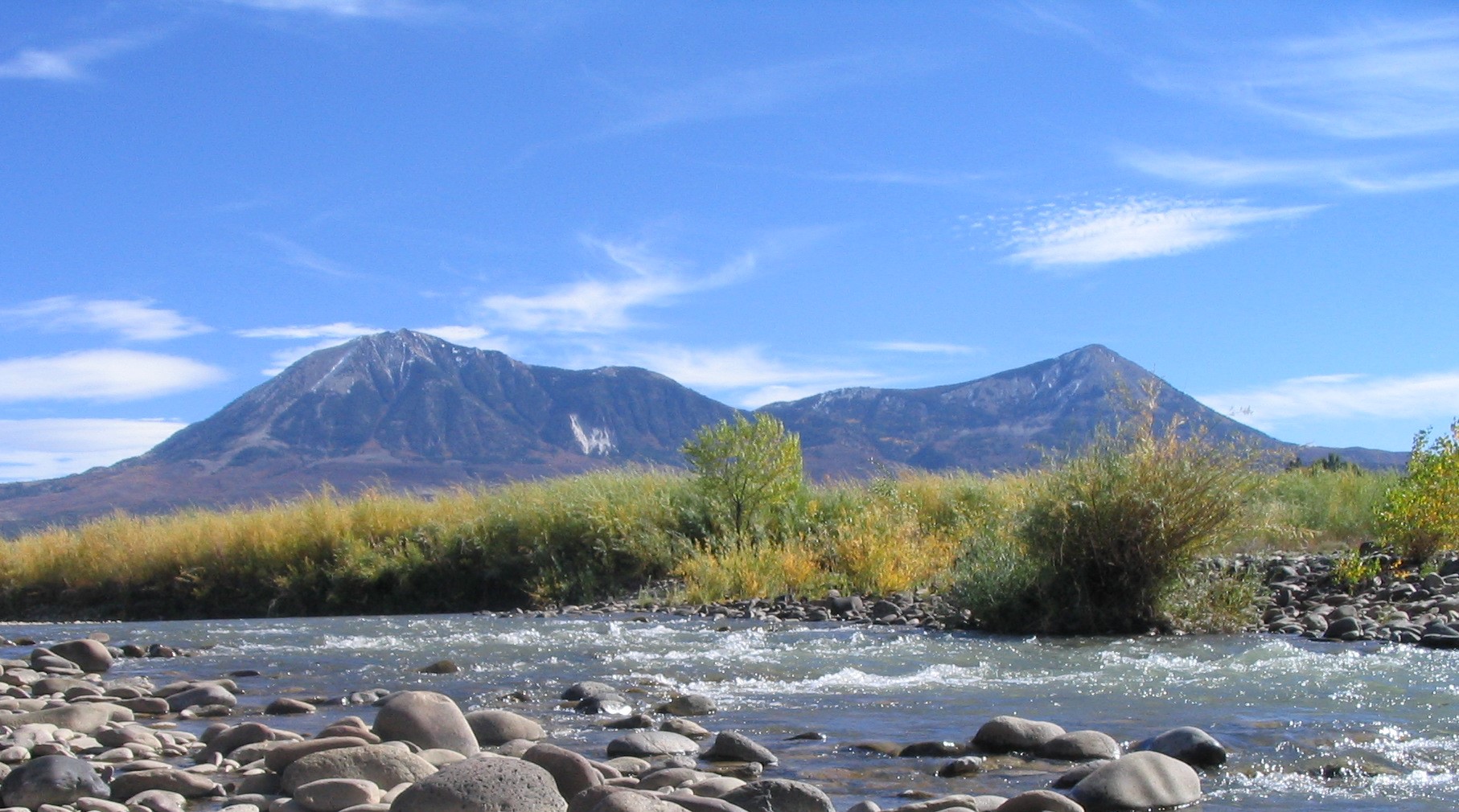
North Fork of the Gunnison River
Environmental and Recreation Needs Assessment
DOWNLOAD HERE – North Fork of the Gunnison Environmental and Recreation Needs Assessment
This assessment is the product of over a year of data collection, review, and analysis of information by Western Slope Conservation Center staff and volunteers regarding the historic and current environmental health of the North Fork of the Gunnison River.
The assessment has been designed with several key purposes in mind:
1. To synthesize all relevant and pre-existing information, inventories, and assessments of the North
Fork of the Gunnison River;
2. To assess current stakeholder concerns regarding environmental and recreation needs; and
3. To recommend priorities for addressing those needs according to newly developed planning
segments that have divided the river into eight distinct reaches.
These eight reaches were developed in collaboration with the North Fork Water Conservancy District. The District has prepared a North Fork River Irrigation Management Plan (J-U-B Engineers, 2017 – Available here). The authors of this assessment hope that the environmental and recreation needs described in this assessment can be met in tandem with the irrigation needs described in the North Fork Water Conservancy District’s plan to target mutually beneficial infrastructure and environmental projects.
Based on the review of previous assessments and recent stakeholder interviews, this assessment has prioritized a number of short-term, mid-term, and long-term suggested projects on the North Fork of the Gunnison River. The highest priority projects include:
1. Creation of a river stakeholder group to improve multi-use communication and assist in
watershed management planning;
2. Improvement upon existing invasive species inventory and monitoring;
3. Invasive phreatophyte and other invasive species removal;
4. Re-initiation of morphological river channel monitoring of established cross-sections;
5. Bank stabilization and riparian corridor development at specific locations;
6. Development of additional public access points and improved boating and fishing infrastructure;
7. Investigation of market mechanisms for mitigating current and future water use conflict.
